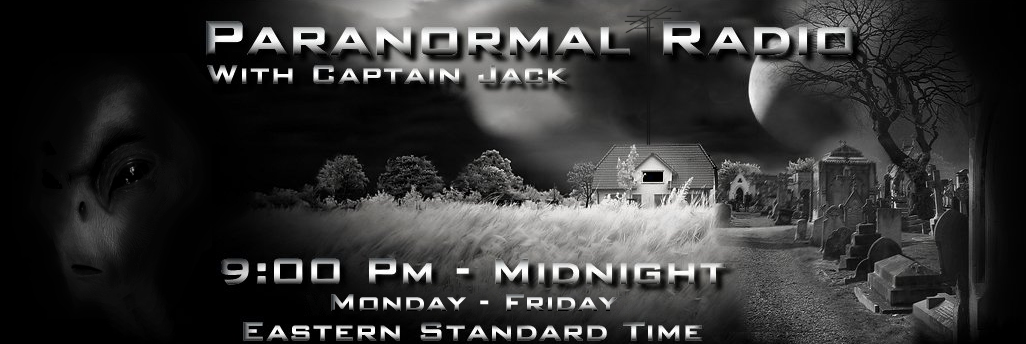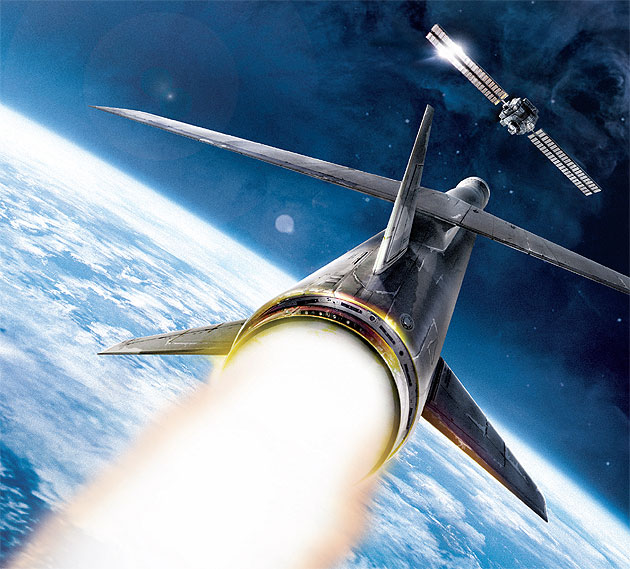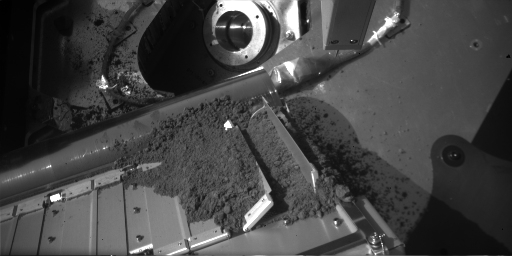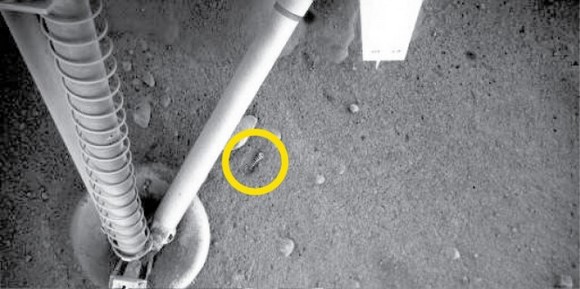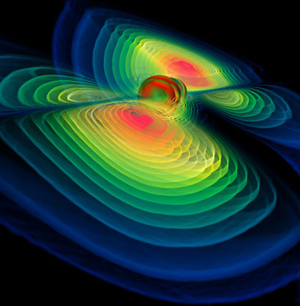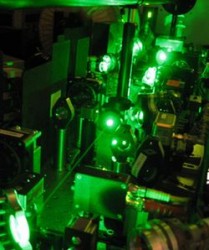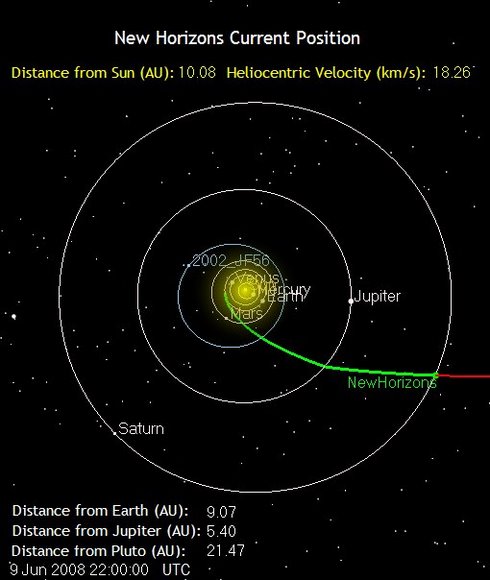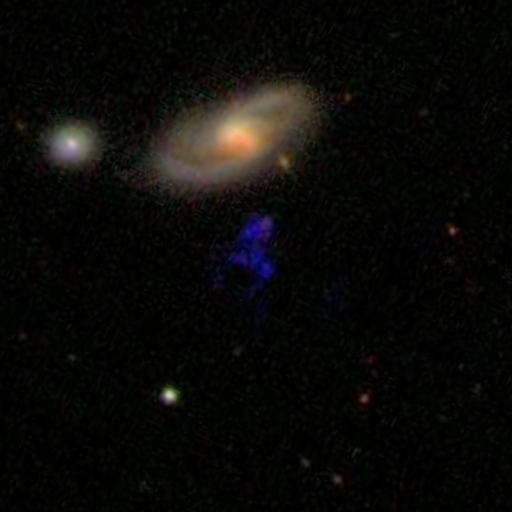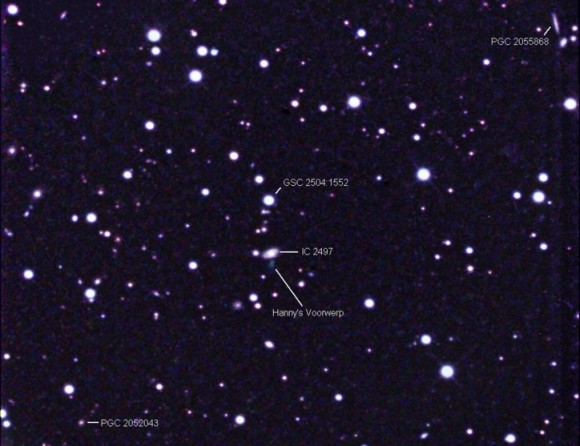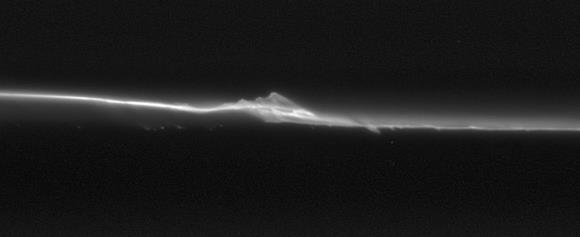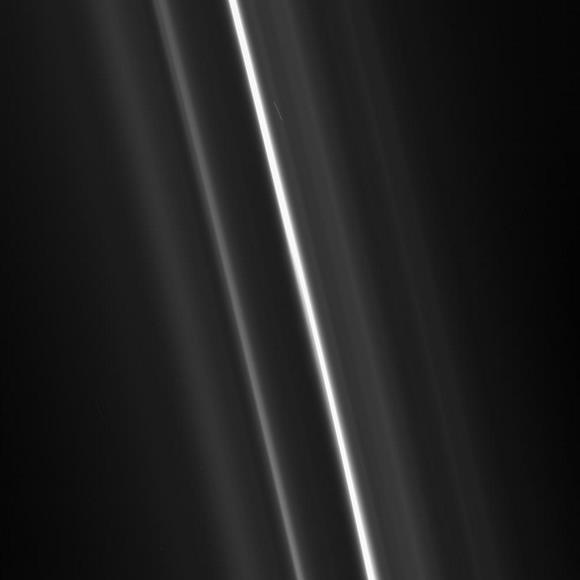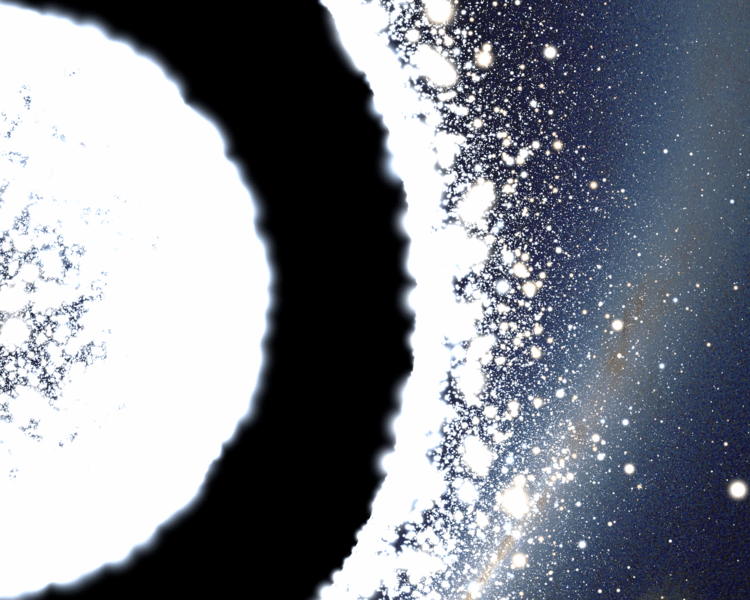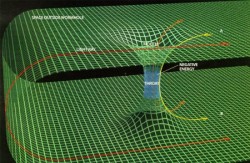My Mother always told me that if I couldn’t say something good about somebody, that I shouldn’t say anything at all. Well, after a few weeks of using a pair of Meade 8X42 Travel Binoculars, I guess it’s about time I said something… I just hope you want to hear it.
First Impression of the Meade 8X42 Travel Binoculars
I opened the box and there they were… a pair of Meade binoculars in a plastic blister pack like you’d find hanging on a peg in your nearby discount department store. I couldn’t help but ask myself if I was going to get the same quality as a Meade department store telescope, but I knew I had to be fair. After all, you can’t judge a cake by its frosting, right? Darn, right.
So, I open them up and examined them. According to their advertising blurb; “They are light and portable, and include a carrying case and neck strap.” Well, they’re right about that. These 8X42 binoculars certainly are light. Actually, they’re probably the lightest pair I’ve ever held that had that kind of aperture. Carrying case? Check. Neck strap? Check. Now for the binoculars themselves…
“A rubber coated exterior helps protect your Meade Travel binoculars from bumps and dings, and offers a slip-proof grip.” Right again, the tubes are rubberized and I will give them credit – they definitely are easy to securely grip. Let’s see now. It says “Optics Fully Coated”. Yep. They are. At least the surfaces I’m looking at are coated and apparently well done. What’s next? Right eye diopter? Gotcha’ . It’s there, too… And functional. Interpupillary distance? Check. Spreads wide… Goes to narrow. Everything seems to be functioning perfectly… So let’s have a look!
Viewing Through the Meade 8X42 Travel Binoculars
Well, surprise surprise! With or without eyeglasses, I have no problem hitting focus and the Meade 8X42 Travel Binoculars have sweet eye relief. It boasts closes focus of 21 feet, but I actually got it down to around 10 feet with a nice image. According to their advertising; “Meade 8X42 Travel Binoculars offer bright, clear images for a host of observing opportunities, from nature viewing and birding to sporting events and travel.” Well, let’s just see, huh?
So, out we go. During the daylight I was picking up bright, crisp images of birds, well defined looks at distant objects and am pleased to announce that the claim of “8X is the perfect compromise for those who want to hand-hold their binoculars for an extended period of time but want more magnification than low power models” is correct. The light weight does make them easy to hold and to steady. But, what about twilight viewing? Again, I’m impressed. I was watching deer a good thousand yards away and I could easily distinguish their different coat markings. Yeah, Meade!
Now, what about astronomical implications? Not bad on the Moon. I can see crater detail and hold them steady. Jupiter? Steady enough to see two jovian moons. Star clusters? Yep. M44 is nice and crispy. M67 isn’t resolved, but then I didn’t expect it to be. Globular clusters show up nicely. Again, they don’t resolve – but it’s not the binoculars fault. Galaxies? Yes. M81 and M82 were fine. M51 was faded, but there… and M65 and M66 took some aversion but could be seen. Double stars? Mizar and Alcor…. mmmm… ok. Cor Caroli? Again, just ok. All in all? The Meade 8X42 Travel Binoculars perform well in all applications.
All applications, but one…
Traveling With the Meade 8X42 Travel Binoculars
One of the reasons I enjoy binoculars so much is that I do travel. Something that’s only about the size of a good book is easy to tuck in between your clothes in your suitcase and send up the luggage ramp into the airplane. And this is just what I did with the Meade 8X42 Travel Binoculars. After all, my laptop has been halfway around the world and back in just this same manner.
Ummm… Apparently Meade just needs to take the word “Travel” out of their description.
The laptop in its suitcase arrived fine – but the binoculars in the other didn’t. Absolutely nothing fragile inside the same suitcase was damaged in any way, but the moment I tried to use the Meade 8X42 Travel Binoculars after traveling I got double images. Folks, when you see two perfectly focused images while looking through a pair of binoculars? Something has definitely gone afoul inside the tomato. I readjusted the interpupillary distance. I readjusted the right eye diopter. I readjusted the focus. I tried covering one lens – and then the other. The result? Either optical tube showed a crisp, clean image… But not together. Test number two – give them to someone else to look through. Guess what? Yeah. They saw the same thing. Two images. Just a little bit of active use and this pair of binoculars lost their collimation.
In the long run, maybe you won’t experience the same thing I did with the Meade 8X42 Travel Binoculars. Maybe I just got that one in every hundred pair that had a screw loose. Maybe the suitcase they were in got handled a lot rougher than what it looked like. Maybe both of sets of eyes went bad in a short period of time. Maybe it won’t happen to you… But maybe… Maybe it will.
Sorry, Ma. I really tried.


